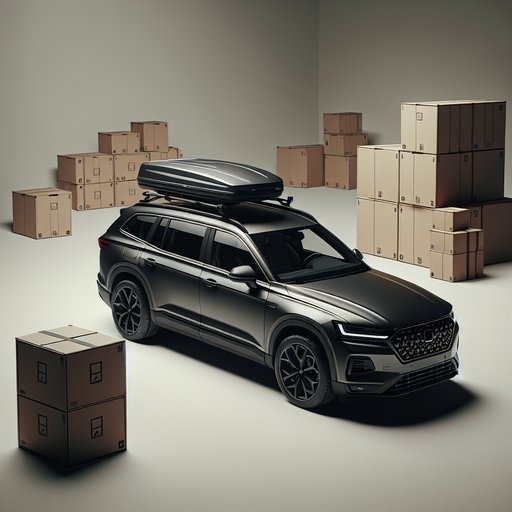
We spent a week testing the 2025 Subaru Outback Onyx Edition XT with a focus on real cargo volume, roof rack usability, and load securing. Using standardized moving boxes, we quantified space with the seats up and folded, then fitted a large cargo box to the factory crossbars to assess installation effort, noise, and fuel impact.
The Onyx XT pairs Subaru’s 2.4-liter turbo flat-four (260 hp, 277 lb-ft) with a CVT and standard AWD. Our test loop mixed city errands, a 200-mile highway run, and multiple load/unload cycles at a warehouse dock. Weather hovered around 68°F and dry, giving us repeatable results. Ground clearance is 8.7 inches, and at roughly 66 inches tall, the roof is reachable without a step stool for most adults.
Factory specs quote 32.6 cu ft behind the second row and 75.6 cu ft max. For a real-world read, we used identical 16x12x12-inch “small” moving boxes (1.33 cu ft each) to eliminate guesswork and air-gap optimism. We documented two configurations: packed to the seatback/top-of-cargo-cover line (for rear visibility) and packed to the headliner (with a cargo barrier assumed). With the second row raised, the Outback swallowed 12 boxes to the cargo-cover line (roughly 16.0 cu ft by volume) courtesy of the wide hatch opening, flat floor, and minimal wheel-well intrusion.
Loading to the headliner accepted 18 boxes (about 24.0 cu ft). The discrepancy to the brochure number is predictable—boxes don’t tessellate perfectly, and we avoided crushing the headliner and wiring. The liftover is low and the bumper top is scuff-resistant, which made repeated loading painless. Folding the 60/40 seatbacks via the trunk-side levers produced a nearly flat load floor.
We fit 36 boxes to the headliner (about 48.0 cu ft). Length for long items measured a hair over 74 inches from hatch to front seatbacks in a normal driving position; skis and 8-foot lumber fit diagonally with the front passenger seat slid forward. Four metal tie-down rings (one at each corner), two grocery bag hooks, and a 12V outlet line the bay; the rings are sturdy enough for ratchet straps, and a shallow underfloor bin keeps straps, a first-aid kit, and roadside gear tidy. Roof-carry is where the Outback excels for ease.
The integrated swing-out crossbars deploy tool-free in under a minute, and Subaru rates the standard rack at 150 lb dynamic (700 lb static). We mounted a Yakima SkyBox 16 in seven minutes solo; clamp access was unobstructed, and we could position the box forward enough to clear the hatch on full open. At 70 mph, the box added a modest whoosh—our meter saw a +2 dBA increase—and highway fuel economy dipped from 29 mpg to 26–27 mpg depending on wind. Verdict: The Outback’s measured box capacity lags its brochure cube—as most do—but its square load area, low liftover, and honest tie-down hardware make the space genuinely useful.
The factory rack’s no-tools simplicity is a standout for weekenders who alternate between empty roof and cargo box. If you need heavier rooftop ratings, consider the Wilderness; if you need maximum interior volume efficiency, a minivan still wins. For mixed family duty and adventure gear, this is an easy recommendation.












